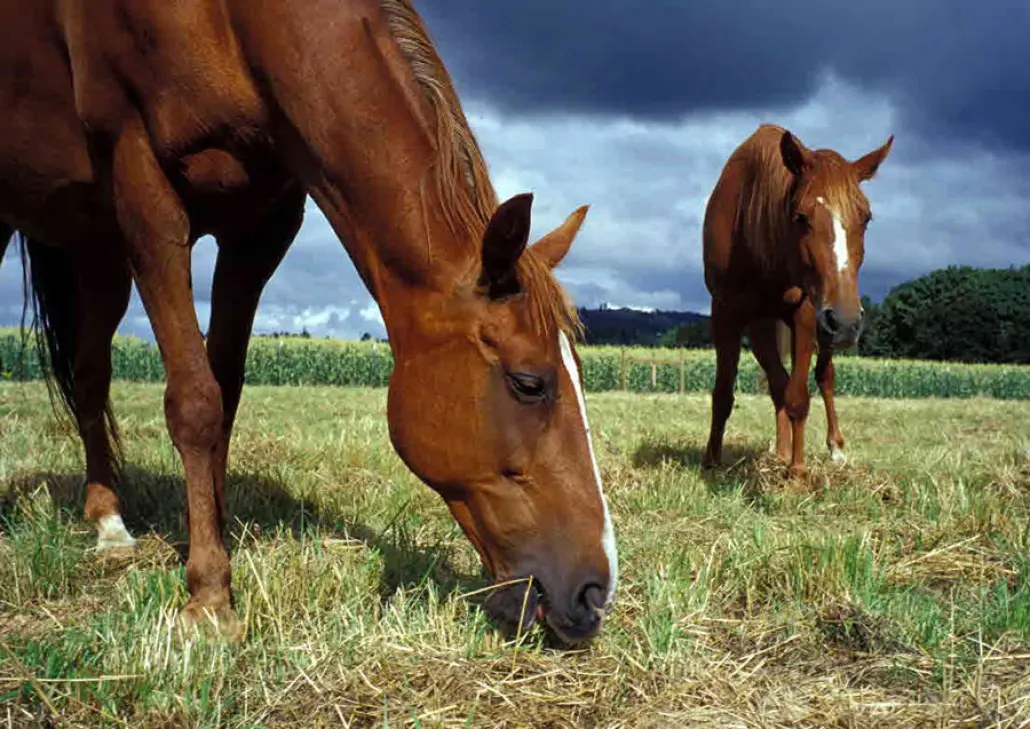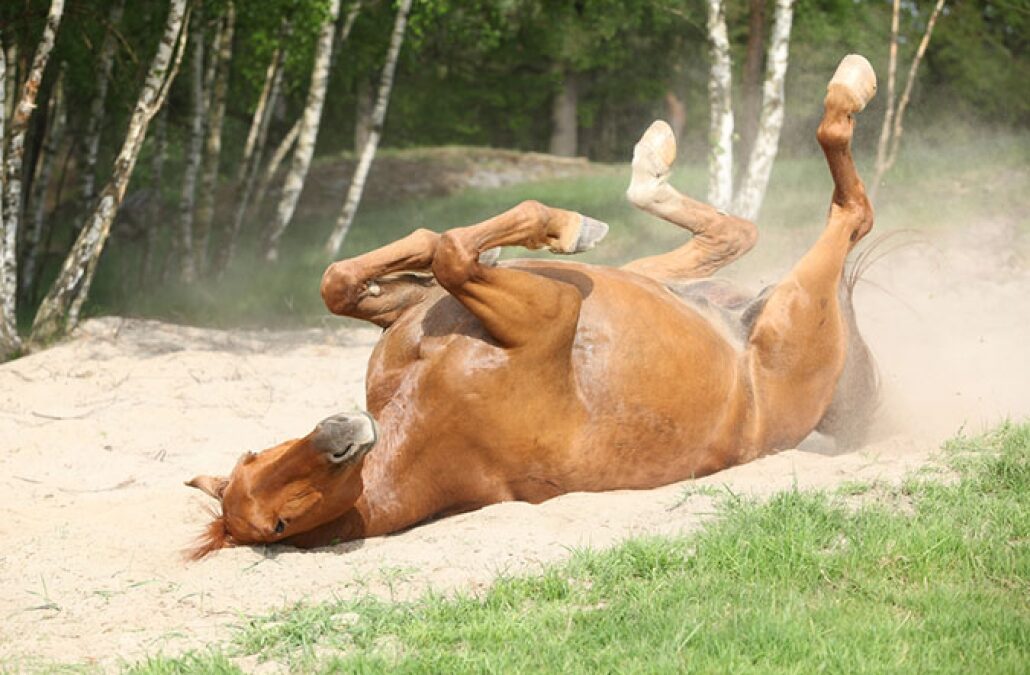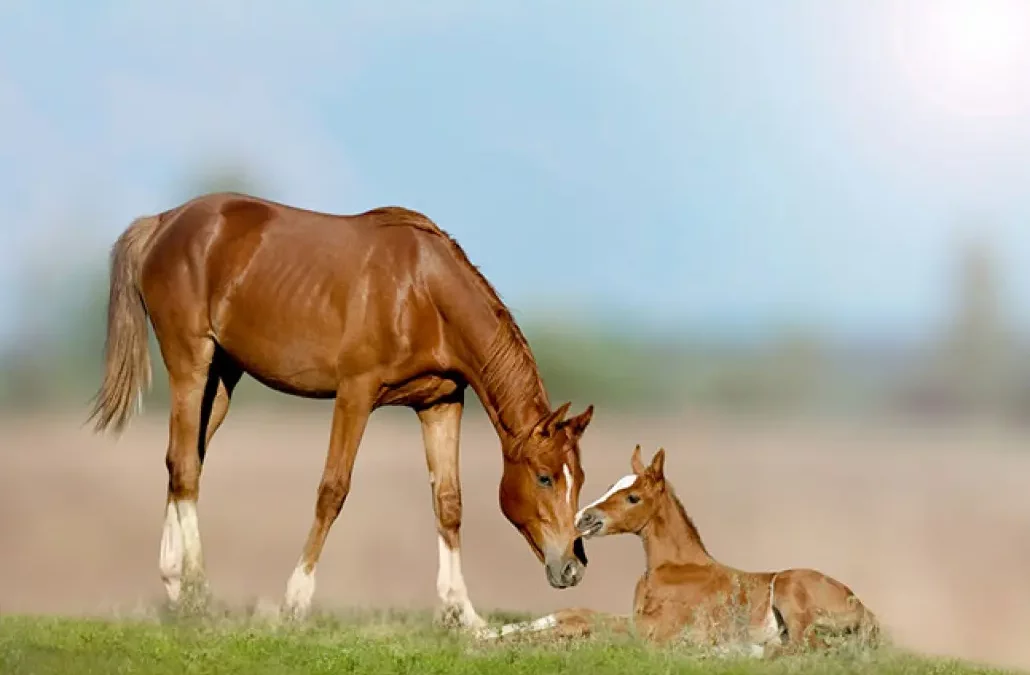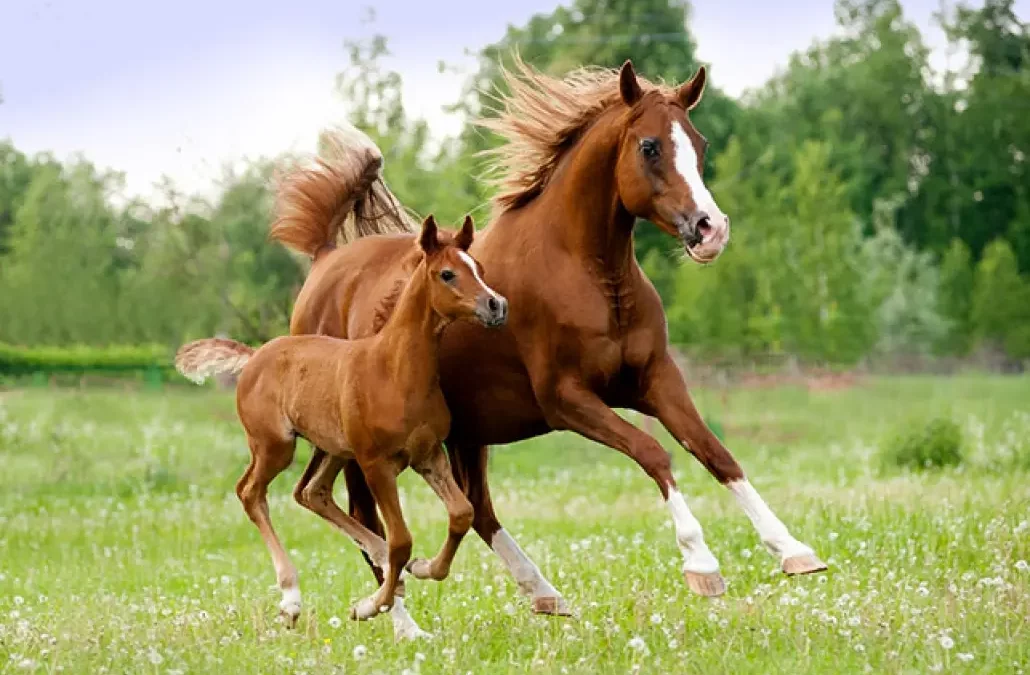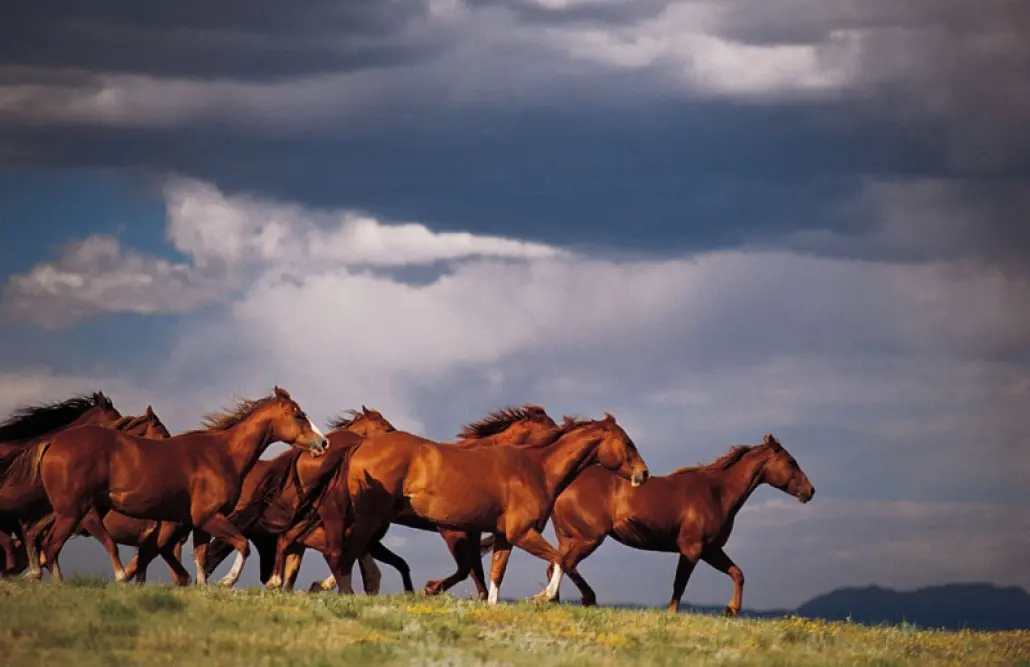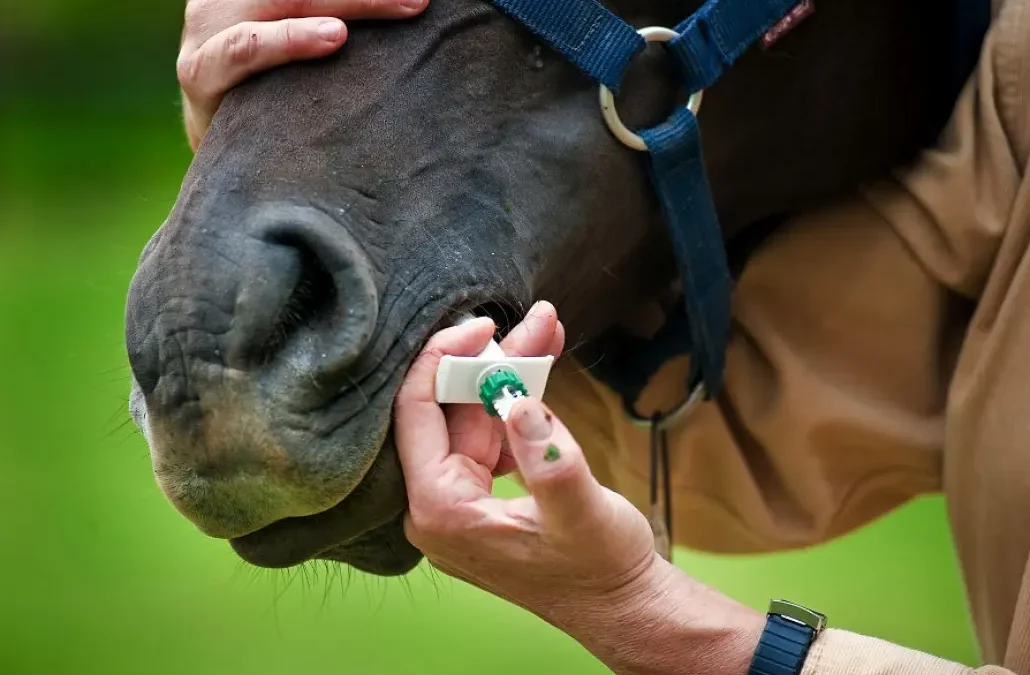Spring might be the best time of the year, but if we have horses that are prone to developing grass founder, this season may be the beginning of serious problems for some of our horses.
Horses that are over the age of 10, easy keepers, overweight or cresty-necked seem especially vulnerable to grass founder and should be the focus of founder prevention.
Laminitis or founder, as it is commonly called, is inflammation of the laminae of the horse’s foot. Laminae are the delicate, accordion-like tissues that attach the inner surface of the hoof wall to the coffin bone (the bone in the foot). The sensitive laminae interlock with insensitive laminae lining the hoof, much like interlocking fingers to keep the coffin bone in place within the hoof.
A horse suffering from laminitis experiences a decrease in blood flow to the laminae, which in turn begin to die and separate. The final result is hoof wall separation, rotation of the coffin bone and extreme pain. In severe cases, the coffin bone will actually rotate through the sole of the horse’s hoof where it becomes infected and can ultimately end in the horse having to be euthanized.
Laminitis is triggered by repeated concussion on hard ground (road founder), grain overload, retained placenta, hormonal imbalance (Cushing’s syndrome), certain drugs (corticosteroids), obesity and lush grass.
In cases of grass founder, the sugar fructans produced by rapidly growing grass stimulates an overgrowth of bacteria in the horse’s large intestine. The bacteria produce and release toxins (endotoxins) that are carried by the bloodstream to the foot where they cause damage to the laminae and small blood vessels.
Veterinarians and nutritionists have known for some time that plants store energy in their seeds in the form of starch that can cause laminitis if the horse is introduced to grain too quickly or eats too much grain. Only recently have researchers discovered that grasses not only store energy in their seed heads, they store energy in their roots, leaves and stems as fructan. If during the warm spring daylight hours rapidly growing grass produces more energy than it needs, it stores the excess as fructan. The fructan is converted back to energy that is required for growth at night or on cloudy days.
In the spring when there are sunny days followed by cool nights, the grass stores large amounts of fructan in the stems, especially the portion of the stem near the ground. Later in the year, when the daylight and nighttime temperatures, are more consistent, most of the fructan produced by the plant during the day is used up each night. This new information not only helps us understand that cause of grass founder but also provides us with a number of strategies to reduce the intake of fructans by grazing horses.
To avoid grass founder:
- Keep your easy keepers and ponies off lush, fast-growing pastures until the grass has slowed in growth and produced seed heads.
- Graze your horses on pastures containing a high percentage of legumes, such as alfalfa or clover.
- Avoid grazing horses on pastures that have been grazed very short during the winter.
- Keep cresty-necked, overweight horses in the stall or paddock until the pastures’ rate of growth has slowed, then introduce them to the pasture slowly.
- Allow the horse to fill up on hay before turning out on grass for a few hours. I have a horse that is prone to founder in the spring, so I place a grazing muzzle on him before turnout for a few hours, which allows him to exercise but prevents him from eating too much grass.
ABOUT THE AUTHOR: Thomas R. Lenz, DVM, M.S., Diplomate of the American College of Theriogenologists, is a trustee of the American Horse Council, past chairman of AQHA’s research committee and past president of the American Association of Equine Practitioners. This article is provided courtesy of AAEP Alliance Partner, AQHA.

